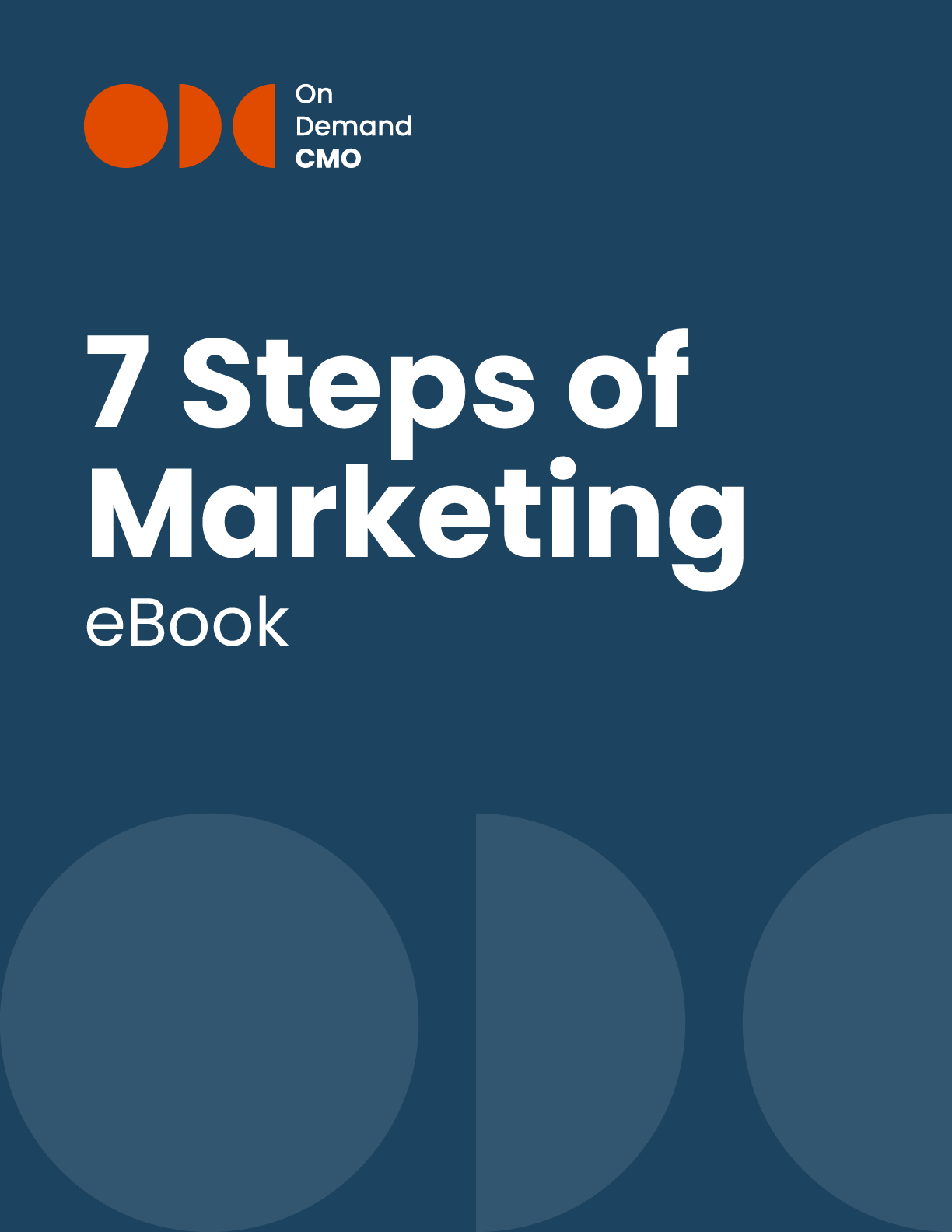
Avoiding the Platform Gap
When designing your marketing funnels, be sure to avoid the platform gap. It is much, much harder to get a prospective customer to jump the gap from one device to another than it is to have them follow a series of steps on one device. Avoid this “platform gap” in your funnel to avoid dumping your potential market (and marketing dollars) off of that cliff.
Losing Customers Between Platforms
Have you ever visited a website after seeing the URL on a billboard? Probably not. You don’t see companies advertising that way very often, because it requires the viewer to remember the website when they’re done with their drive and in front of a computer again. With the hundred and one things you’ve thought of during the drive and since you got home, that billboard and website is probably long gone, even if you were interested and intended to check it out later.
This is an example of a platform gap—when the call to action of any marketing piece requires you to jump onto a different platform, like from a magazine to a website or from a phone to a desktop. if you’re asking your audience to do anything more complicated than, say, clicking a link, you’re going to lose many (if not all) of the folks who saw your initial message. The reason that we as marketers make our calls-to-action so simple is that folks have incredibly short attention spans. The more steps you put in between your customer and what you want them to do, the chances of them actually doing it drop off a cliff. Or, fall through the “platform gap”.
Closing the Gap
Folks are starting to understand how important it is to make their websites mobile-friendly and responsive, but some still forget to consider how these different platforms work together. Let me give you an example. Let’s say that you’re trying to get people to visit a new blog that you’re launching. You might launch a Twitter campaign with a link to a splash page, where you ask for readers to subscribe to your newsletter with updates for the blog. This seems like a solid strategy, but it’s going to leak viewers right through that funnel because of the phone-to-laptop platform gap.
A large percentage of Twitter users at any given time are accessing it via mobile, as opposed to the desktop site. This means that a lot of the people who follow the links in your tweets are following them via their phones. Even if you’ve thought to make the splash page mobile friendly, people don’t like to fill out forms on their phones. Even typing out an email address on a phone screen can be a pain, because special characters like the @ symbol require switching between keyboards. While it’s only one or two extra taps on the screen in reality, the tiniest amount of friction loses users on mobile when they are sitting on a bus or at the table and there are other apps vying for their time and attention. Upon seeing a web form, many users will navigate away intending to fill it out later—but later never comes.
The Takeaway
Of course, this doesn’t mean “never use a web form” or “don’t use Twitter”—this means think about how the two work together. The easiest way to do this is to send a test communication to yourself. Follow the links on your phone, and try to do exactly what you want your prospective customers to do. Do you hit any snags, page loading errors, cumbersome forms, or anything else that might lose the attention that you are spending time and money to get? Do the same thing on your desktop as well. Follow the steps to sign up, and count how many there are, keeping in mind that every step will lose some people along the way. Is there any way you can reduce the amount of steps or work needed for a user to do what you want them to do? That’s “user experience optimization”, and that’s how you keep your customers thrilled with your brand and flowing through your funnel.

OnDemandCMO has authored 7 Steps of Marketing, the only marketing guide book you’ll need to either get your marketing started properly, or stay on track strategically.
It features best practices on branding, messaging, social media, lead generation and much in between.
Please let us know who you are, and we'll share a few of our secrets (we don't sell or trade your info)!